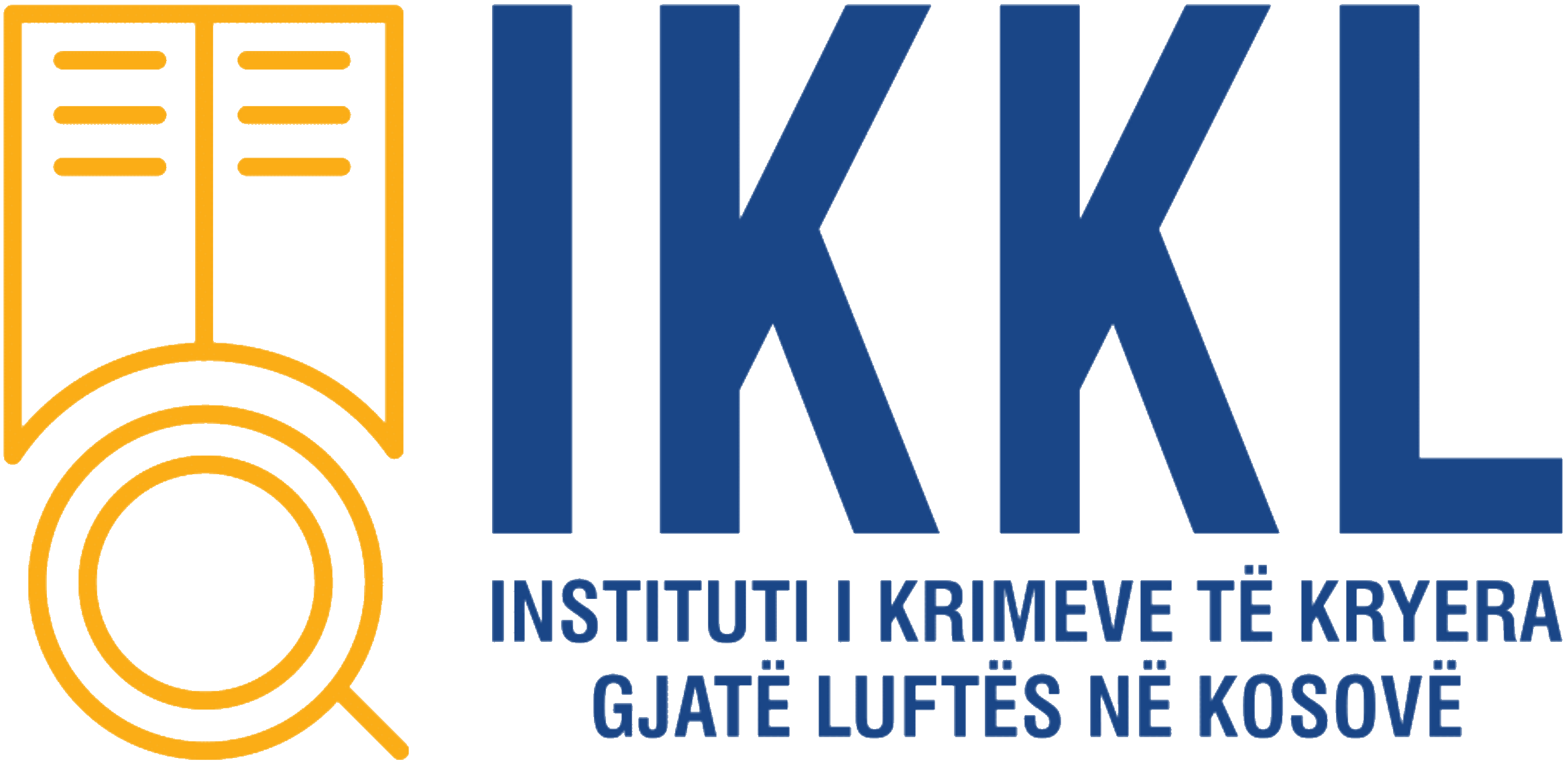The Kralan Massacre of April 4, 1999, remains one of the most tragic and painful events of the Kosovo War. This massacre marks one of the darkest moments of the war, during which a total of 86 Albanian civilians lost their lives. Among the victims were 4 women and 82 men, including 7 children aged between 0 and 17. Tragically, some of these individuals are still listed as missing.

On April 2, 1999, Kralan was raided by Serbian forces, who ordered the women and children in the village to continue their journey toward Gjakova and eventually flee to Albania. Many of these women, later interviewed in Albania, stated that during their journey to the border, Serbian forces had taken their gold and other valuable belongings, as well as harassed and threatened them with rape and murder.1 These testimonies reflect the brutality and terror inflicted upon innocent civilians.
Meanwhile, according to the archives of the ICCW, hundreds of Albanian men were detained by Serbian forces and forced to strip and remain with their heads bowed. They were held overnight in harsh conditions, without water or food, exposed to rain, and subjected to other physical and psychological torment.

There were instances where parents pleaded with Serbian forces to detain them instead and release their children. One such case was that of Din Halilaj, who asked the Serbs to exchange him for his son. Tragically, nothing is known about the fate of either Din or his son, as they remain missing. This event serves as yet another testament to the horror and violence endured by the Albanian people during the war, leaving behind a significant number of missing persons and innocent victims.2
Photo 1: Naim Din HALILAJ.3
Hysen Krasniqi is the sole survivor of this massacre. In his testimony given shortly after the war to KMDLNj, he stated:
“They separated us and took us into the yard of a house, dividing us into groups of about 15 people. They started shooting at us with automatic weapons. I was second to last, and the first bullet hit me in the left arm, the second in the back, and the third in the right leg. When I regained consciousness, I saw that everyone had been killed. Wounded and bleeding continuously, I crawled for about four kilometers over eight hours until I reached an abandoned house, where I stayed until the next morning.”
According to the ICCW archive sources, during the war, Serbian forces killed and massacred a large number of civilians, sparing neither age nor gender. The chart below shows that 95% of those killed in the Kralan Massacre were men, while 5% were women.
(see graph).

This massacre has left deep pain for the affected families and serves as a harrowing reminder of a dark period in Kosovo’s history.
1Shkëlzen Gashi, Masakrat në Kosovë, 2024, pg.418.
2Shkëlzen Gashi, Masakrat në Kosovë, 2024, pg.418-419.
3Jusuf Osmanit, Masakra e Kralanit, 2012, pg 103.


